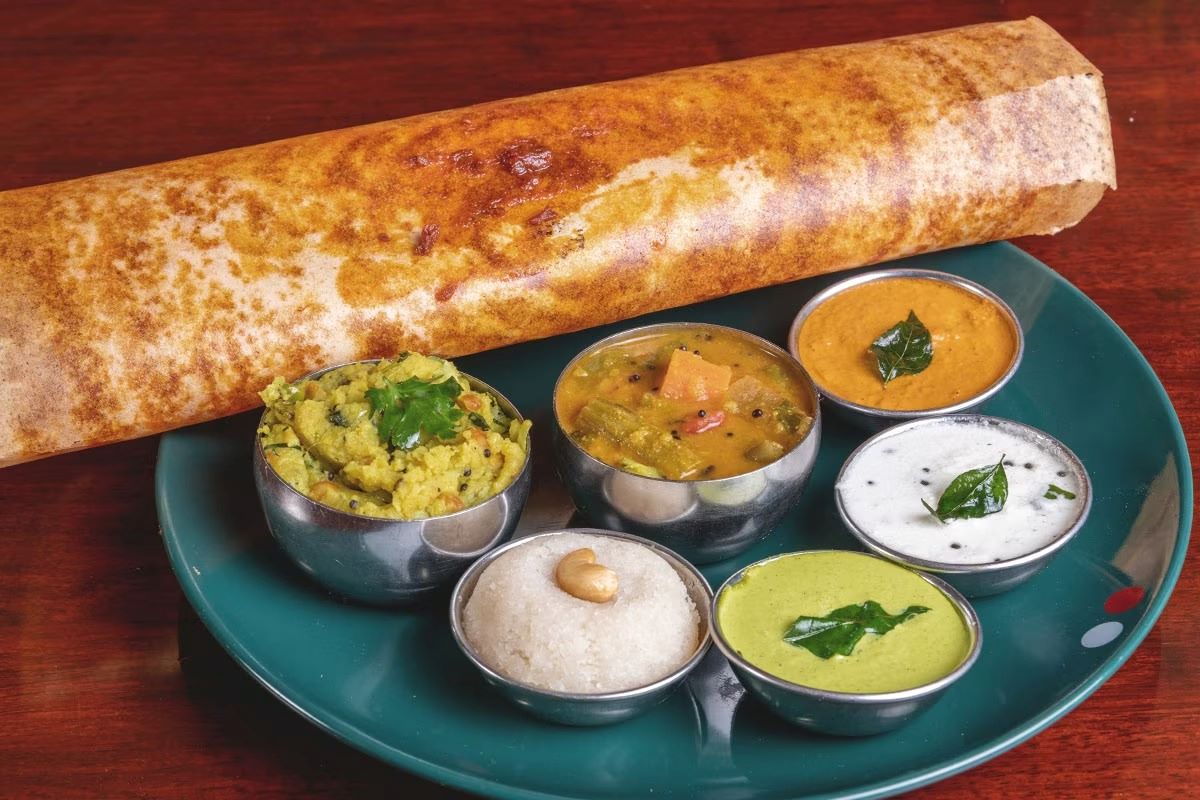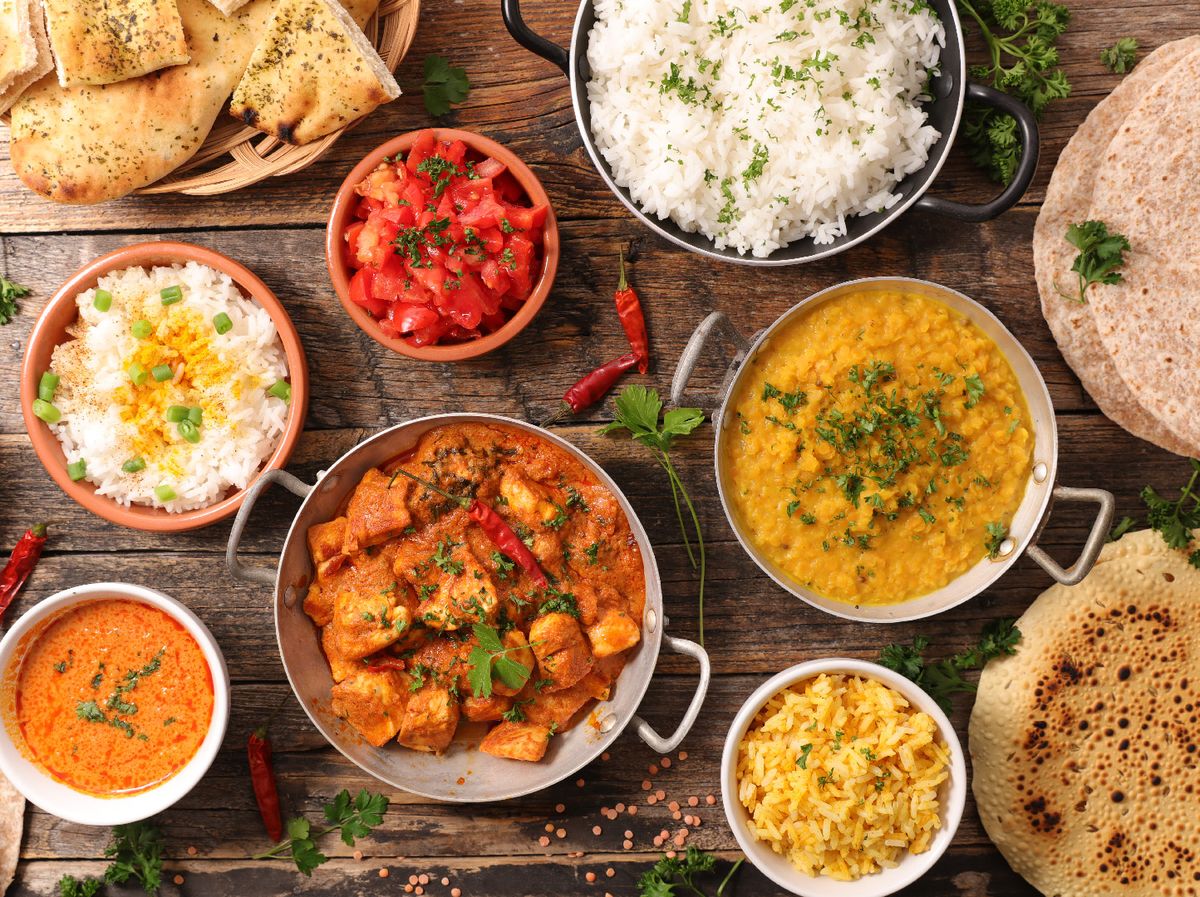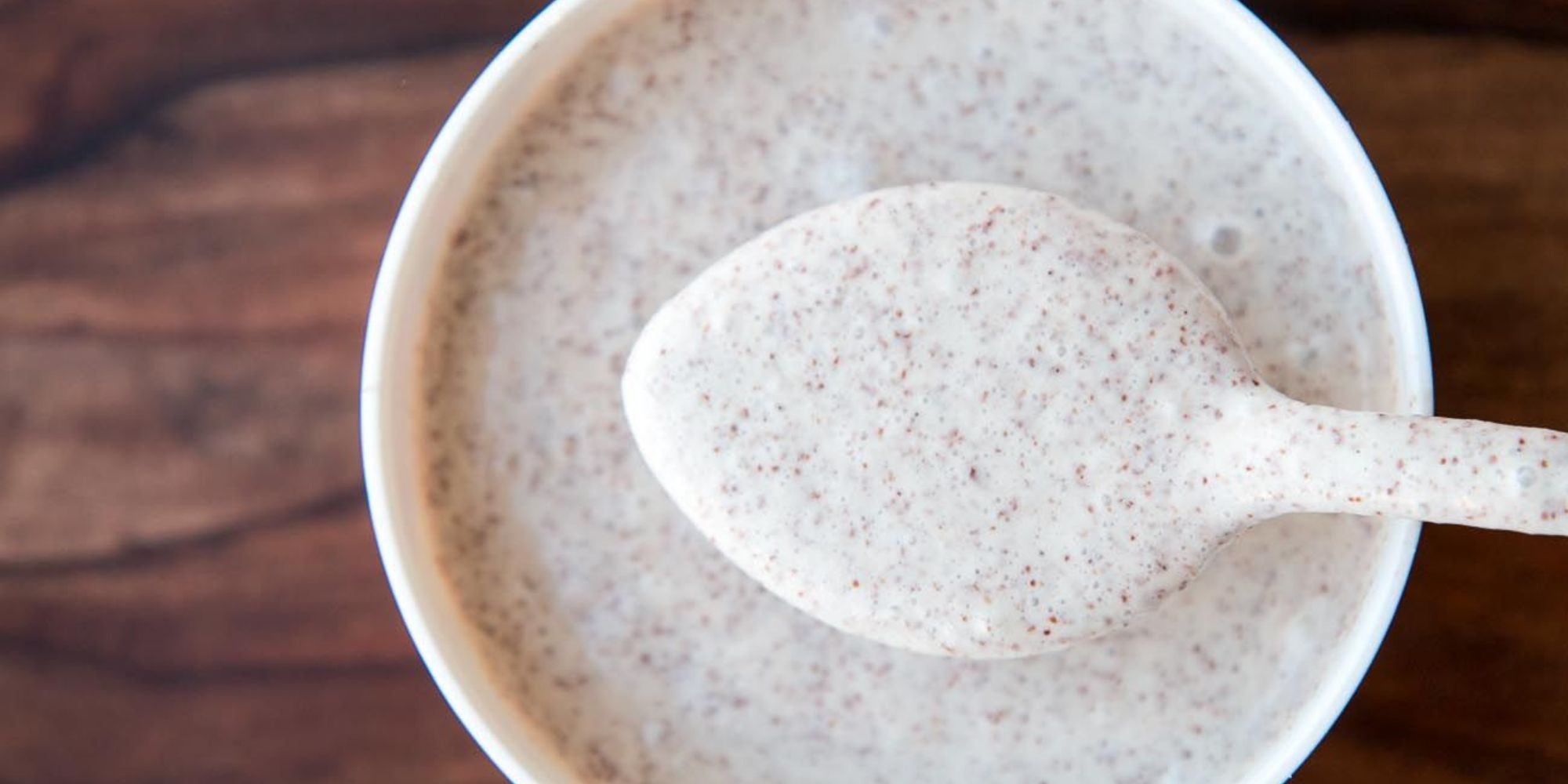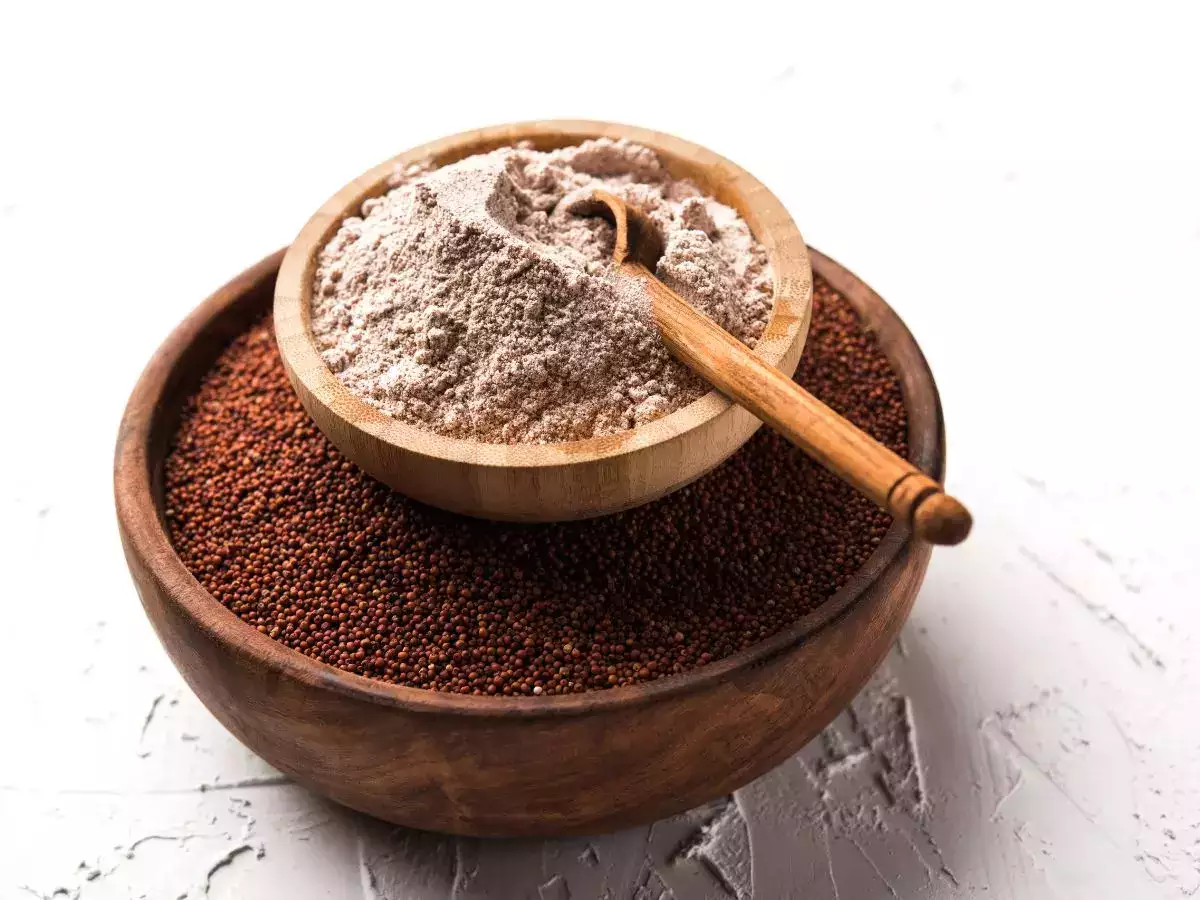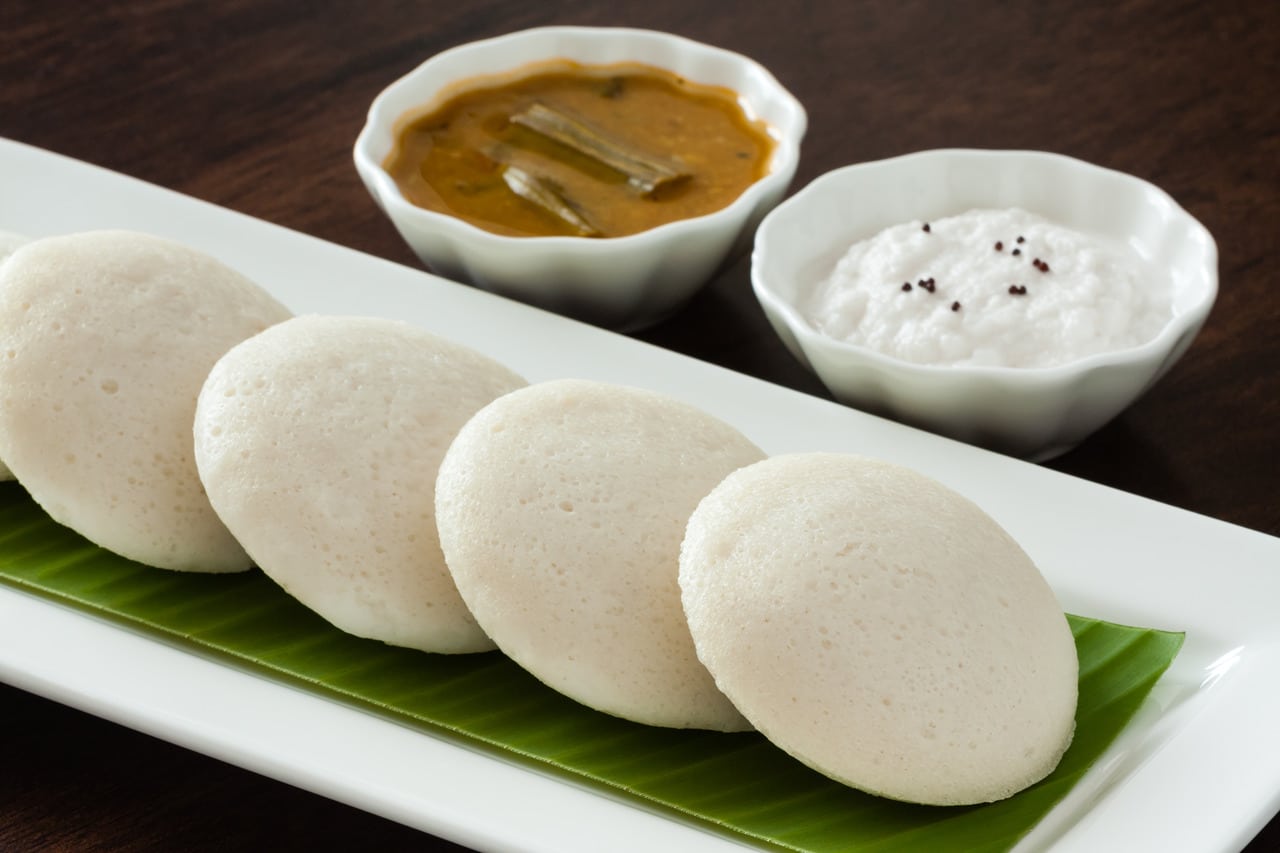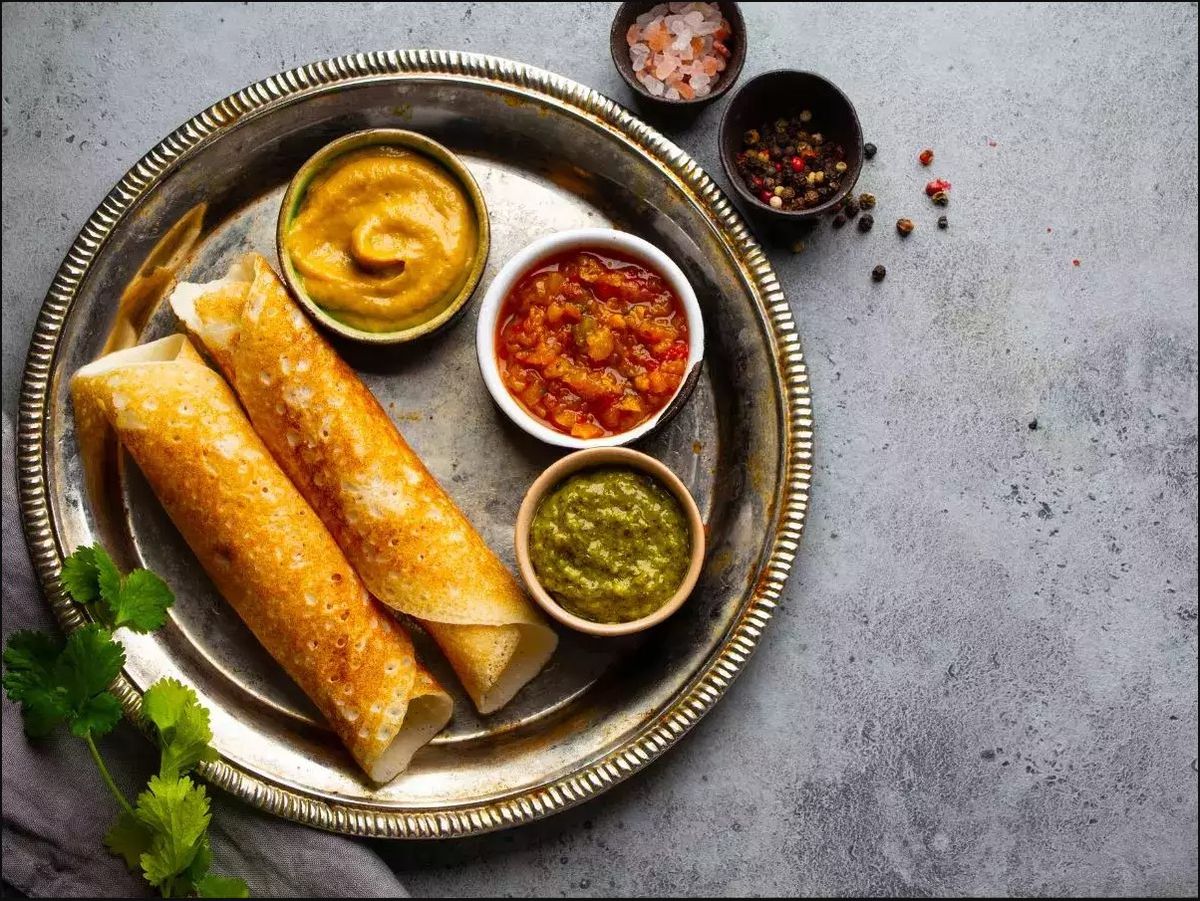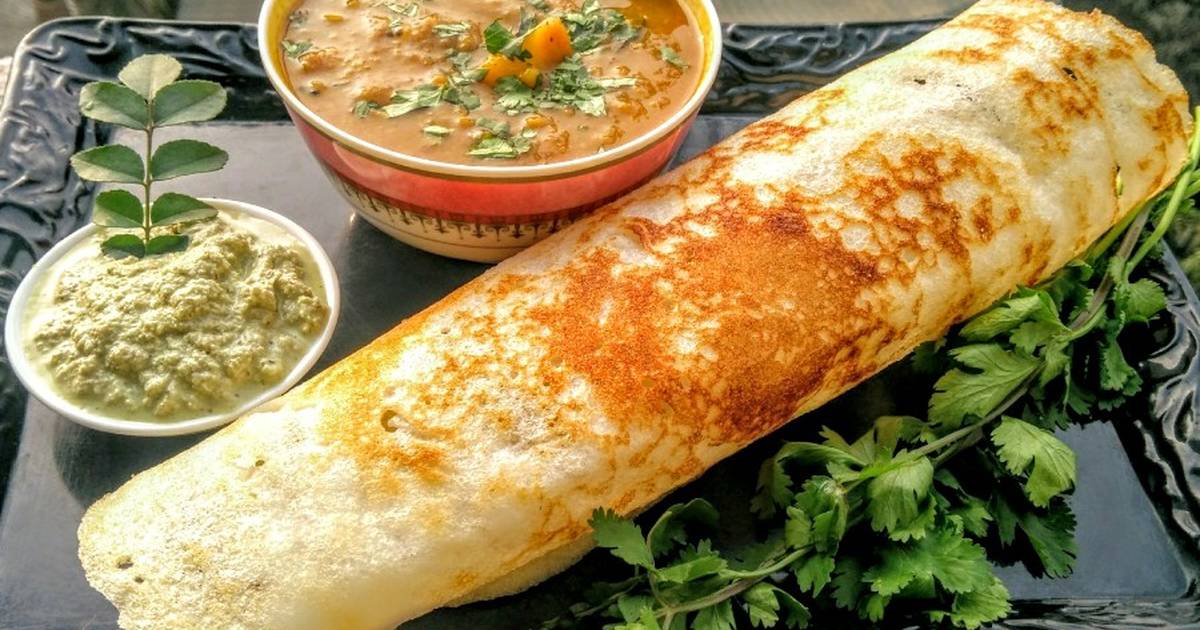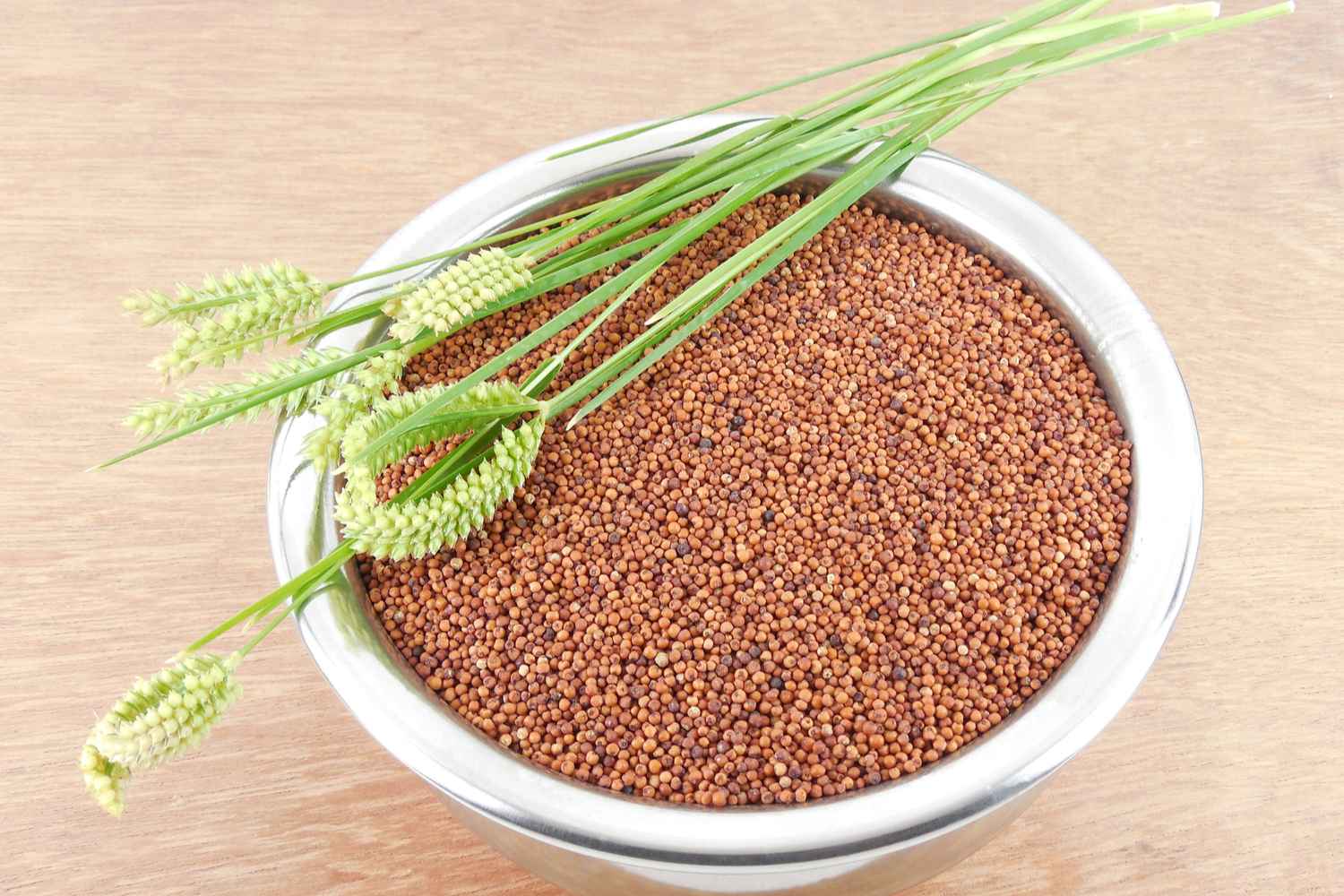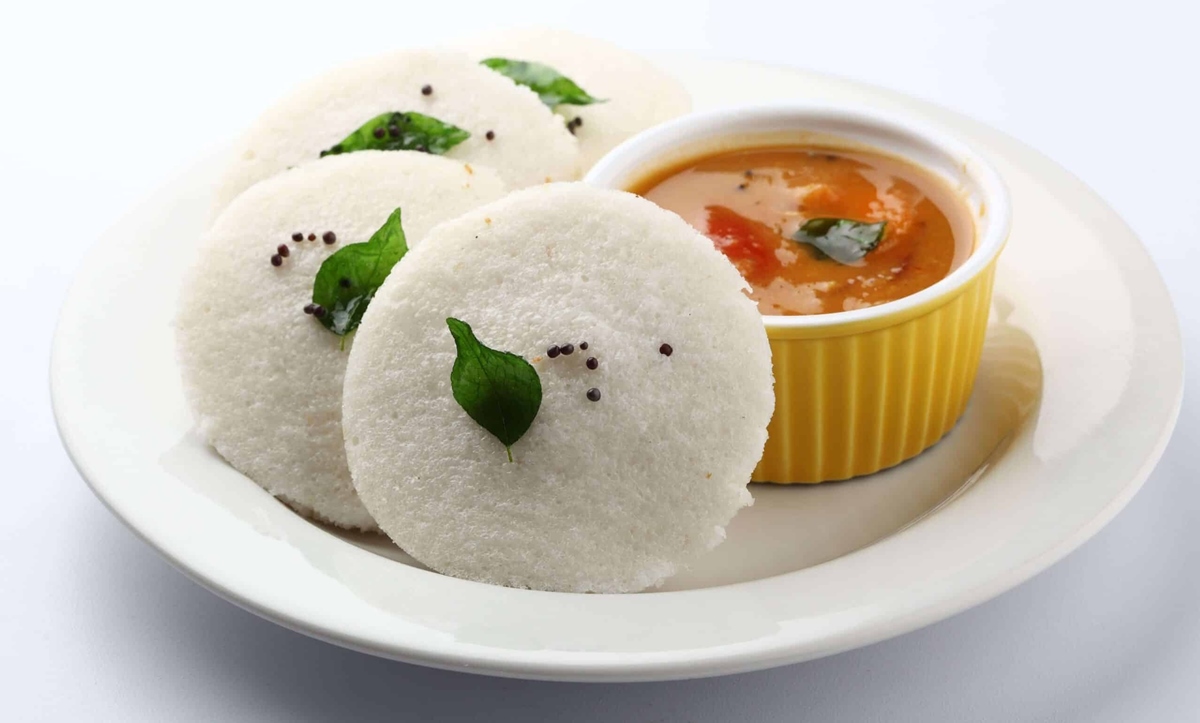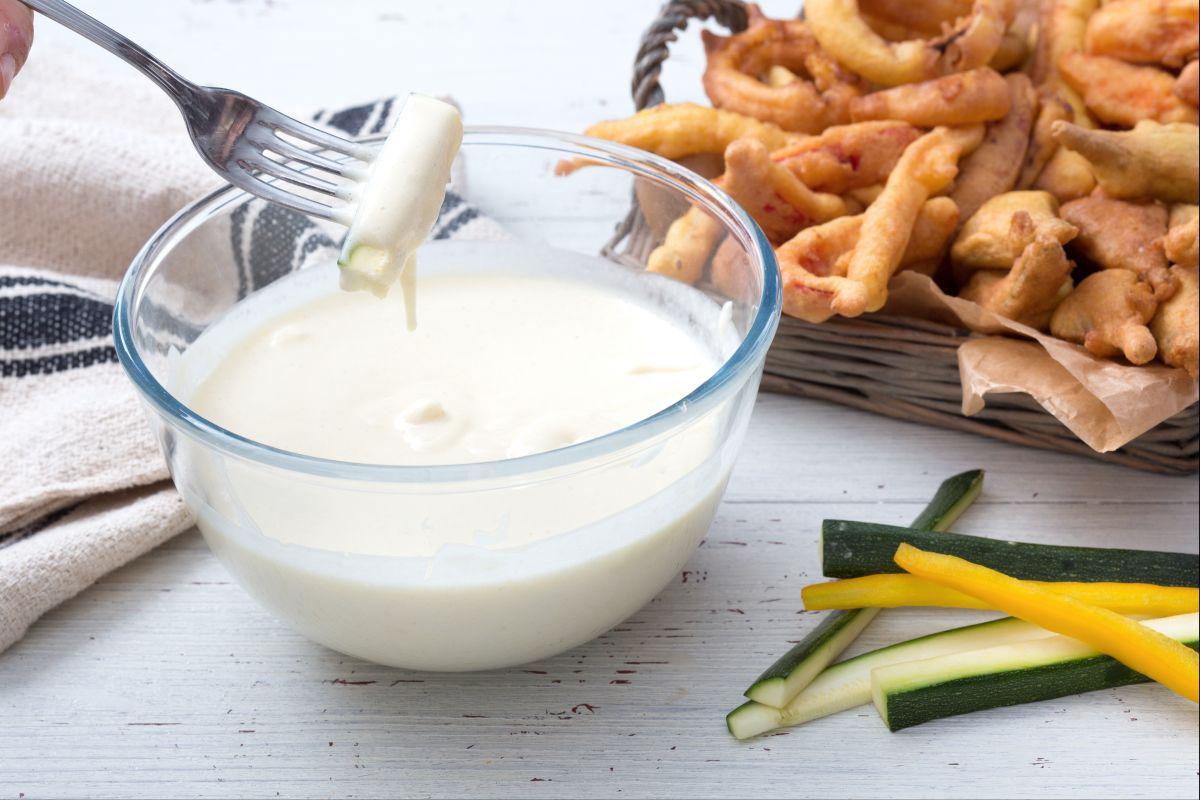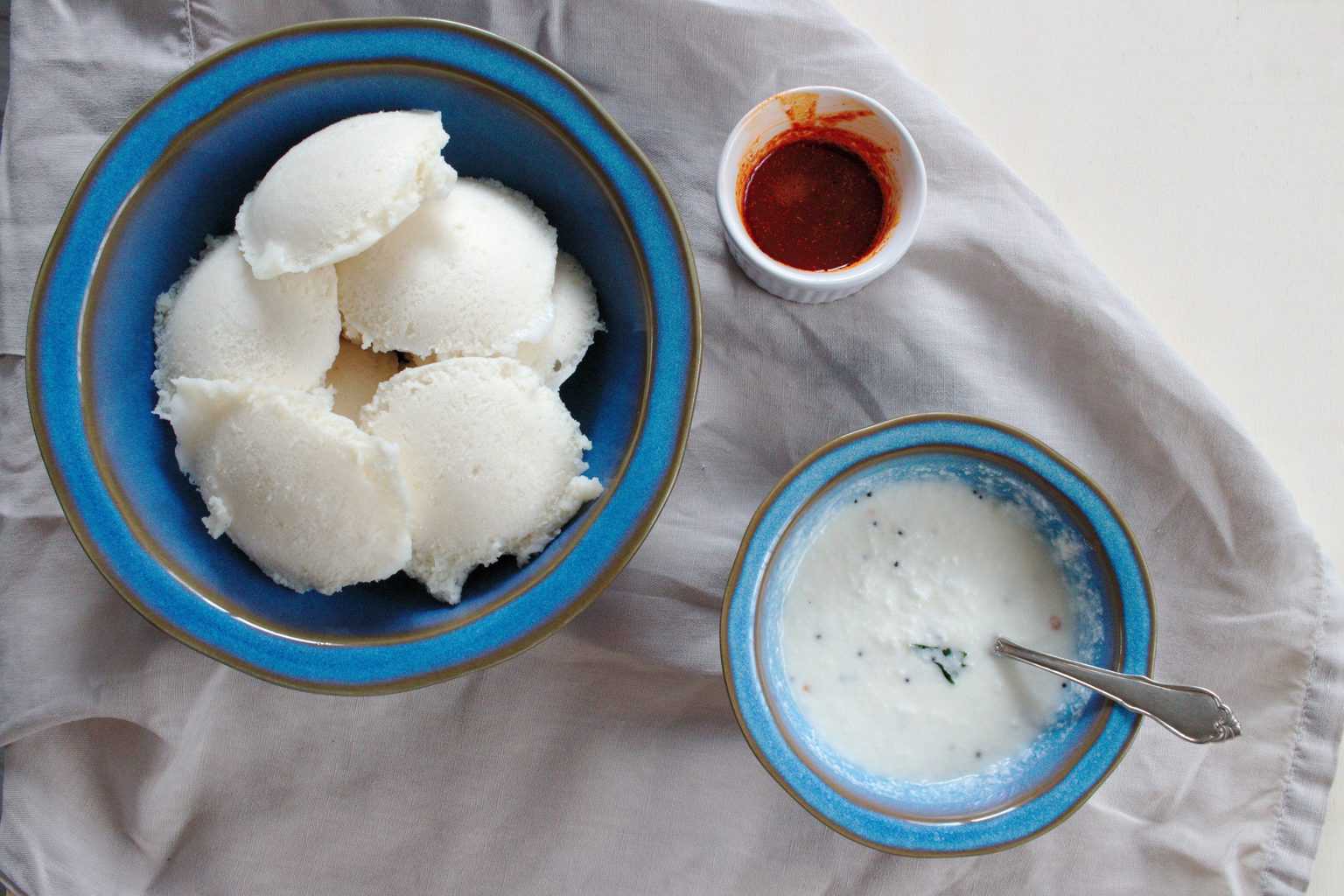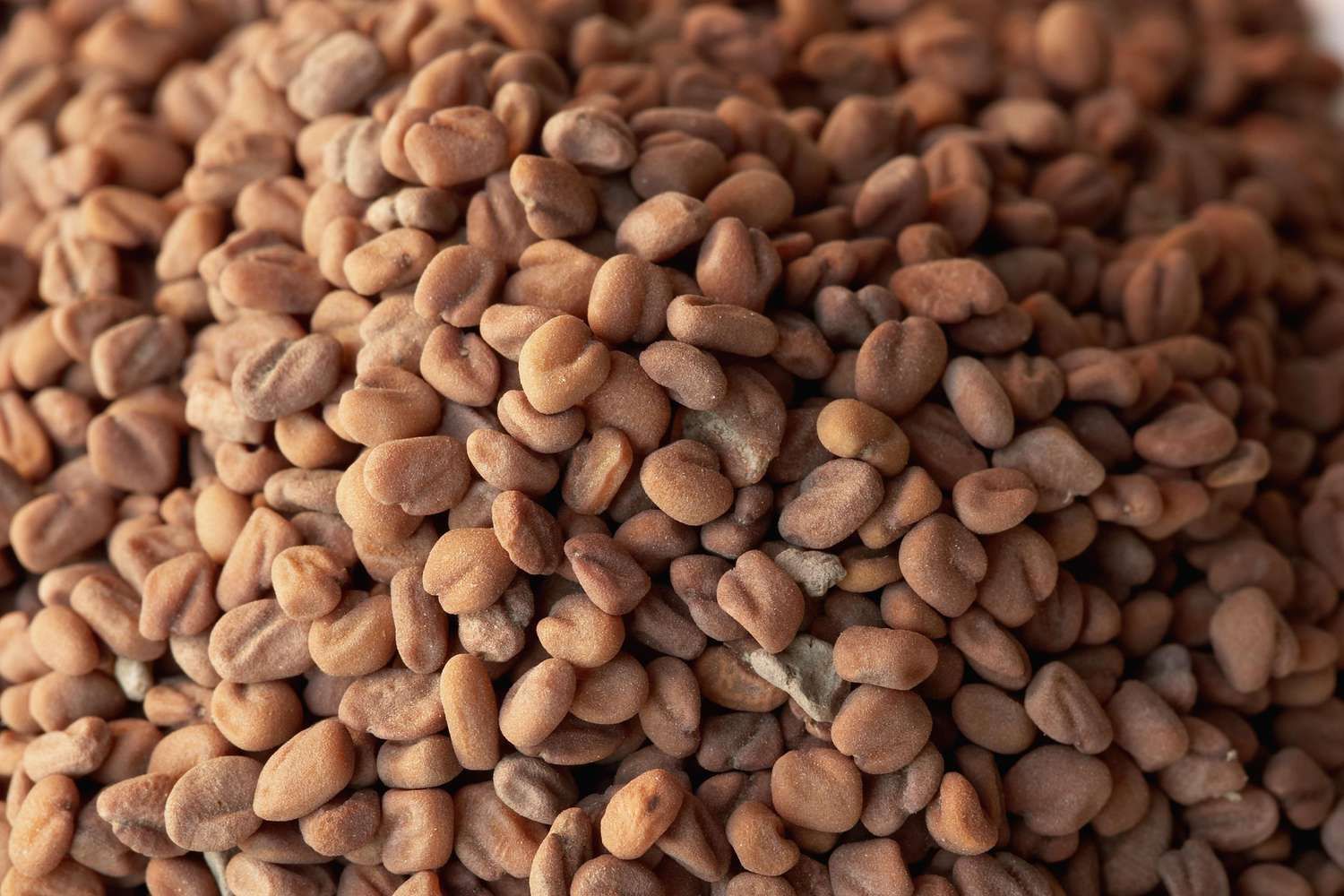How to Enjoy Dosa and Idli: A Beginner’s Guide
Are you a fan of South Indian cuisine? If so, you’ve likely come across two popular dishes – dosa and idli. These delicious and versatile dishes are not only a treat for your taste buds but also offer a unique dining experience. If you’re new to dosa and idli, you might be wondering how to eat them. Don’t worry, we’ve got you covered! Here’s a beginner’s guide on how to enjoy dosa and idli to the fullest.
Understanding Dosa and Idli
Before we dive into the eating etiquette, let’s understand what dosa and idli are. Dosa is a thin, crispy pancake made from fermented rice and lentil batter. It’s typically served with a variety of chutneys and sambar, a flavorful lentil-based soup. Idli, on the other hand, is a soft and fluffy steamed cake also made from the same batter as dosa. It is often served with sambar and chutney as well.
How to Eat Dosa
When it comes to enjoying dosa, there are a few key steps to keep in mind:
- Choose Your Accompaniments: Dosa is often served with a selection of accompaniments, including coconut chutney, tomato chutney, and sambar. Feel free to experiment with different combinations to find your favorite.
- Use Your Hands: Traditionally, dosa is eaten with your hands. Tear off a small piece of dosa, scoop up some chutney or sambar, and enjoy the burst of flavors in each bite.
- Embrace the Crispy Texture: The crispy texture of dosa is part of what makes it so enjoyable. Embrace the crunch as you savor each bite.
How to Eat Idli
When it comes to savoring idli, here are some tips to enhance your dining experience:
- Dip and Enjoy: Similar to dosa, idli is often enjoyed with chutney and sambar. Dip your idli into the flavorful accompaniments and relish the soft texture and savory flavors.
- Break it Apart: Idli is incredibly soft and can be easily torn apart with your fingers. This makes it easy to savor small bites and fully appreciate the combination of flavors.
- Experiment with Toppings: While traditional accompaniments are delightful, don’t be afraid to experiment with additional toppings such as podi (a spicy powder) or ghee for an extra burst of flavor.
Final Thoughts
Whether you’re a newcomer to South Indian cuisine or a seasoned enthusiast, learning how to eat dosa and idli can add a new dimension to your culinary adventures. Embrace the unique textures, flavors, and dining customs associated with these beloved dishes, and you’ll find yourself savoring every bite. So, the next time you sit down to enjoy dosa and idli, remember these tips and savor the experience to the fullest!
Now that you’ve mastered the art of enjoying dosa and idli, it’s time to explore the wide array of South Indian delicacies waiting to be discovered. Happy eating!
